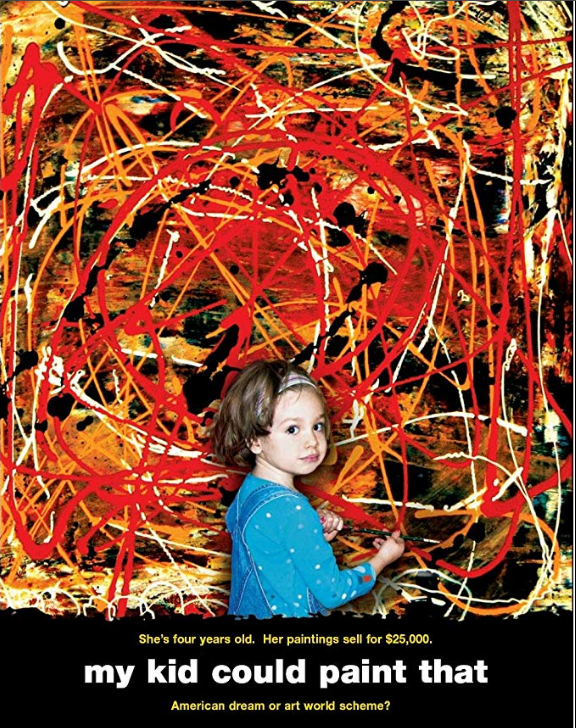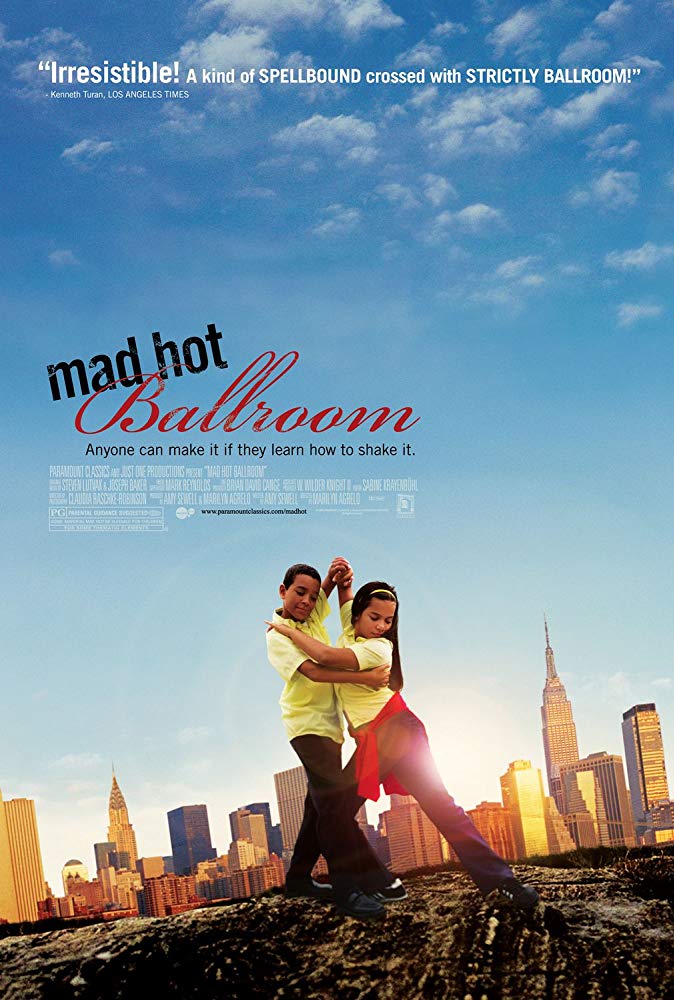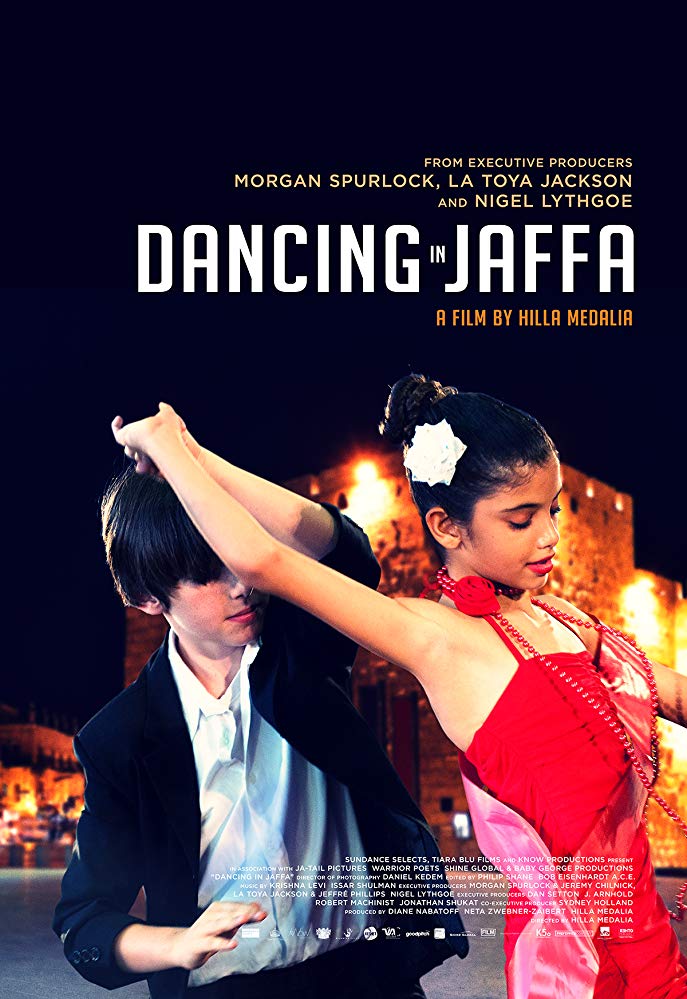Movie review by Andrea Karen Hammer
My Kid Could Paint That (2007) raises compelling questions for parents, journalists, filmmakers and viewers.
From the beginning of the documentary, director Amir Bar-Lev is immediately present in the story about 4-year-old Marla Olmstead who once sold her paintings for substantial sums. In the opening scene and during various intervals, viewers see or hear director Amir Bar-Lev talking directly to his subjects.
At one point, he continually tries to coax Marla to wear a microphone, which she resists. During one of the films most troubling scenes, his doubts–conveyed through questions about the authenticity of the paintings–leave mother Laura Olmstead in tears before she exits and ultimately ends the film.
Local Story Sets Off National Media Firestorm and 60 Minutes Expose
One of the most interesting figures in the documentary is reporter Elizabeth Cohen, a local journalist in Binghamton, N.Y., who set off the national media firestorm despite serious misgivings. Before completing and publishing the story, she asks mother Laura Olmstead about concerns regarding the potentially life-changing impact on their privacy. As a mother who also has a young child, reporter Elizabeth Cohen questions whether Marla has a right to experience childhood, which a media flame will obliterate.
Throughout the film, she is clearly troubled as the events unfold and an expose on 60 Minutes accuses father Mark Olmstead of finishing his daughter’s paintings. In bonus material that shows Elizabeth reading Laura’s statement at the documentary opening because the parents refused to attend, she is visibly upset, noting the parents’ objections to the edits and final cut of the film. When asked during the Q&A if she would still write the original article that sparked the controversy, the journalist definitively says, “no.”
Thought-Provoking Extras Including Reflections on Perceptions and Assessments of Art
Other extras are equally thought provoking. They include the director’s return to Binghamton a couple years later, reflecting on the filmmaking experience in hindsight. Michael Kimmelman, a The New York Times critic, also discusses our perceptions and assessments of art, placing the issues raised in the documentary in a larger context.
Ongoing Questions About Responsibilities and Involvement of Journalists and Filmmakers
Some of the ongoing questions that continue to linger after watching My Kid Could Paint That include:
- Are parents responsible for protecting children from possible fallout resulting from media exposure?
- Should journalists flag personal concerns to subjects before completing and publishing stories?
- How is a documentary impacted when filmmakers are visibly part of the story?
Please post your comments, and ask others to join this conversation.





